Curling leaves could be several things, and we’ll go from the most common to the least. First check carefully under the leaves for signs of insects. Look especially for very fine webs and a “dirty and dusty” look. These are both signs of spider mites or other mites. (Be sure to look in good lighting and don’t expect to see the mites themselves – they are very small.) Other insects to look for are aphids, scale or white fly. All of these are sucking-insects in that they suck plant juices out of the leaves, causing the cells to be deformed and the leaves to curl. If you find the webs/dirty undersides, get a product that’s labeled for mites at your garden center. If you find green or black juicy bugs (aphids), tan bumps (scale) or tiny white flying insects (white fly) ask for a product that threats those insects.
2. For a plant such as an artichoke that grows large, having its roots confined in a small pot can cause the plant to be equally constrained or stunted on top. If you find no sign of insects, (or even if you do) transplant this into a larger pot. Remember with plants that what goes on below the surface is reflected up above…if a plant has room to stretch its roots it will be able to stretch the top growth as well.
3. After transplanting water the plant throughly when you water, saturating the soil well, but then let the plant dry out a bit before watering again.
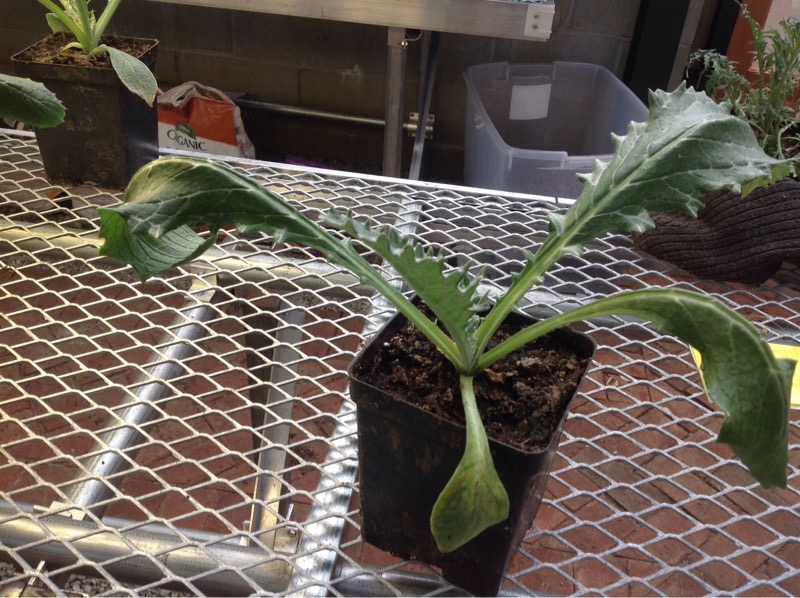
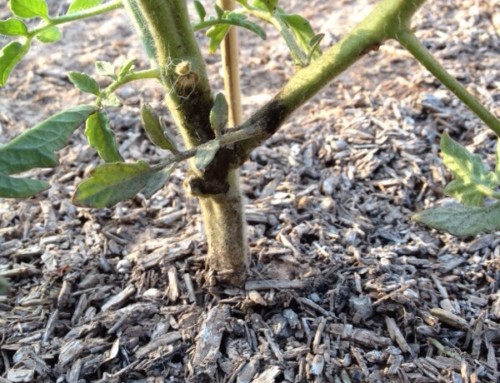
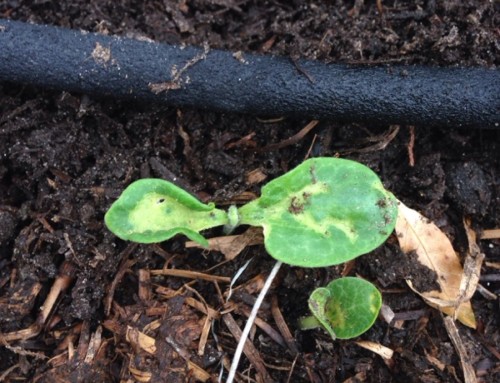
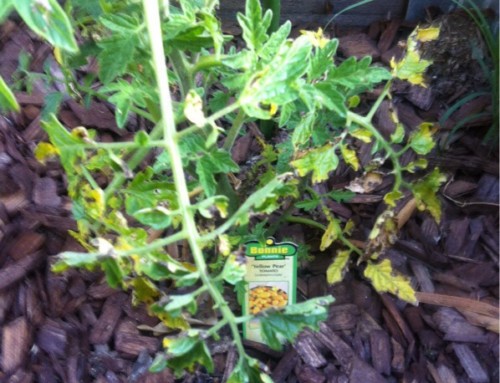
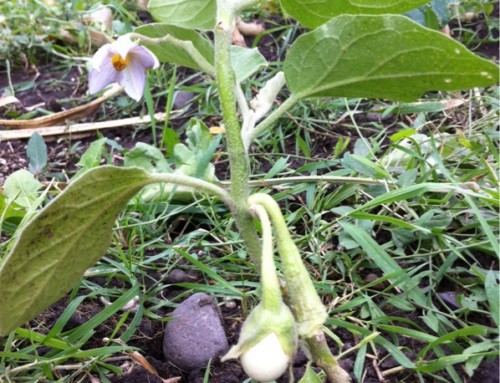
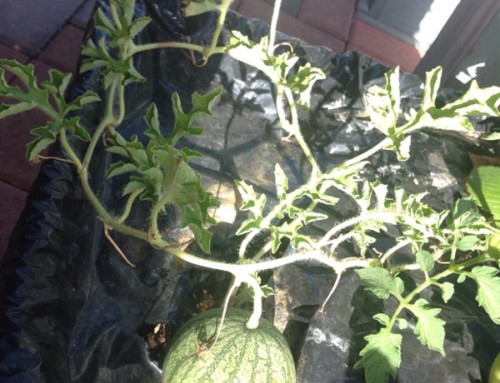
Leave A Comment